Nowadays, everyone wants to use the best SEO techniques to get the best web results. Consequently, canonical URLs are critical in ensuring that your page gets a top rank on SERPs, especially for e-commerce sites. A canonical tag directs search engines on the essential URL for Google to index when you have identical products or pages. Moreover, it helps you avert duplicate content problems on your site.
In case you are wondering what is a canonical tag and how to use it, continue reading this article to learn all you need to know.
What is a Canonical Tag/?
What is a canonical tag/? A canonical tag is an HTML code that defines the main version for similar or duplicate pages. It guides search engines on the page it’s supposed to display. Therefore, when you have two web pages containing identical content, adding a real canonical helps Google differentiate between master and clone copy.
For instance, let us assume you have pages x and y, which contain very similar or duplicate content. If you want page x to act as the master, you need to let search engines see page y as the copy; thus, you don’t want it to appear in search outcomes. As a result, all the SEO juice and organic traffic will get to page x after adding the real canonical to page y. Here is a quick visual that will help you understand:
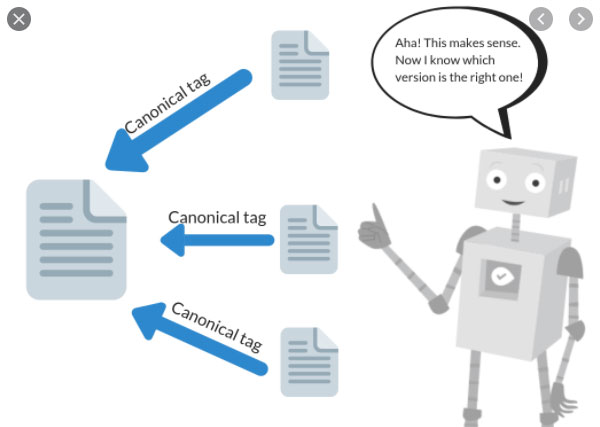
(Image credit: Woorank)
When to use Canonical tags for SEO
The application of canonical tags may differ depending on the best strategy you want to implement in different scenarios. Here are areas where you can use them on your site to improve SEO.
When you have Similar Content
If you run an e-commerce page, you may have some products with very close similarities and slight differences. It would be best to use canonical tags to assist Google in focusing on the primary page. Therefore, the main item will have full search engine value and help your page rank higher, thereby eliminate confusion on Google.
In Duplicate Content
A search engine is essential on every site that contains duplicate content to help in differentiating your pages. This is what a canonical tag looks like:
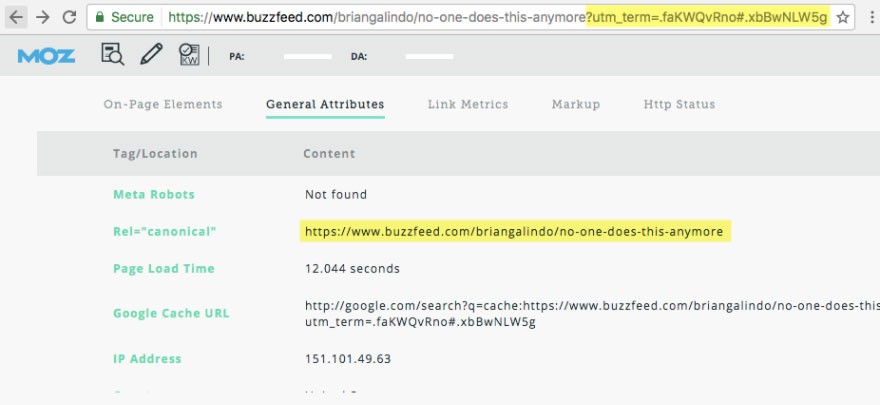
(Image credit: Moz)
When used as self-referential
Google now approves canonical tags in self-referential; thus, you should ensure they are on every page. It helps rank your page, especially when there are many ways to get to your URL even when it’s not duplicated. For example:

(Image credit: Woorank)
You Might Also Like
On URL Parameters
URL parameters help you in tracking processes to let you track campaign performances. Additionally, you can attribute each URL to specific purposes. However, each URL’s parameter communicates to search engines that you have duplicate contents of similar pages. Therefore, you should implement a canonical URL to avoid ruining your SEO efforts. You may overlook this aspect, but it’s crucial for your site’s rankings. Here is that page in Google Search Console:
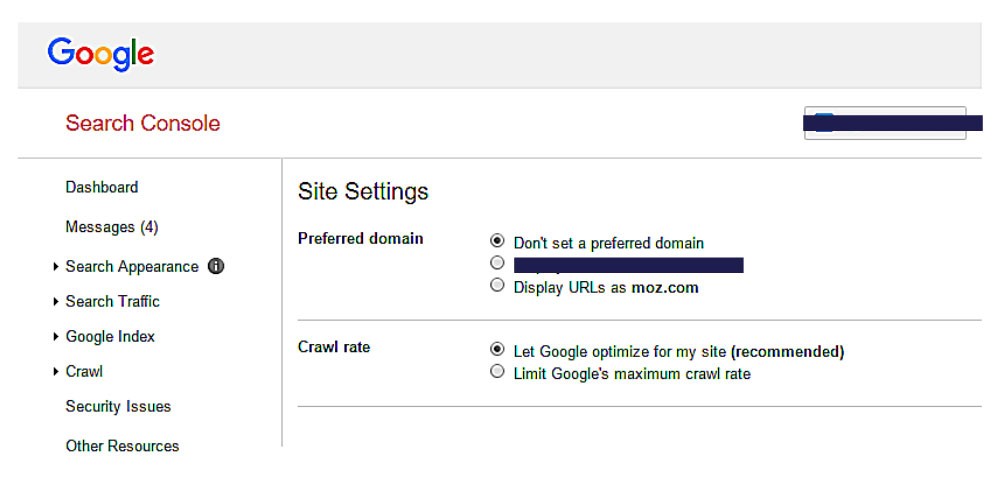
When you Syndicate your Blog Content
You may want to syndicate your existing web content on other different sites as a marketing strategy. It helps you boost your brand awareness since your content is spread across various pages on the internet. Note that lack of canonical URLs makes search crawlers confused since they don’t know the content to prioritize and the one that came first, which compromises your SEO efforts.
When there is Unintended Duplicate content on your page
In some cases, you may have similar content on your site, but you are not aware. Some of the reasons leading to such scenarios include;
- A different site may have republished or scraped your content.
- There may be some technical issues caused by pagination or various versions of text-only or printable pages.
- You may have titles and meta descriptions that are similar for multiple pages.
- A site that has separate versions of HTTPS and HTTP or non-www or www pages.
It may be difficult to identify various duplicate content issues, but you can use the content checker to find any problems.
When Making A/B Testing on Different Pages
One common method used by marketers to know the elements that work best on a page is A/B testing. It may involve your site’s content and layout or small details in the color of multiple pages. Search engines could crawl on both pages, which makes them confused about which page to index. While using canonical URLs, they serve as the lead of Google to the original content.
Canonicalization best Practices
Dealing with duplicate content in your site can prove to be a tricky process. Here are a few essential factors to consider during canonicalization;
Avoid Mixed Signals
Note that Search engines can misinterpret a canonical tag when you send mixed signals. For instance, do not canonicalize page X to page Y, and 301 redirect the latter to the former. Additionally, you should also avoid chaining canonical tags to ensure that search engines do not make a bad selection. Here is a visual example:
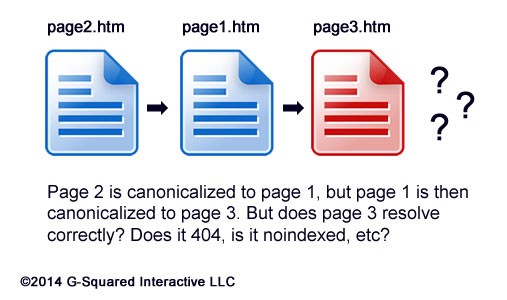
Specify the Right Domain Protocol
If your website uses HTTP, make sure you reference it as your canonical tag. It’s a common occurrence to reference wrong protocols; thus, you need to check on it early enough before it becomes problematic.
Spot check your Dynamic Canonical tags
In some cases, bad code results in a site writing a contrasting canonical tag for each version of your URL. Therefore, it would help to do a spot check on your URLs mostly in an e-commerce website or CMS driven pages.
Test your SEO in 60 seconds!
Diib is one of the best SEO tools in the world. Diib uses the power of big data to help you quickly and easily increase your traffic and rankings. We’ll even let you know if you already deserve to rank higher for certain keywords.
- Easy-to-use automated SEO tool
- Keyword and backlink monitoring + ideas
- Speed, security, + Core Vitals tracking
- Intelligently suggests ideas to improve SEO
- Over 500,000k global members
- Built-in benchmarking and competitor analysis
Used by over 500k companies and organizations:
Syncs with 
Be careful when Canonicalizing near-duplicates
When you think of canonicalization, you may be thinking of exact duplicates. It’s worth noting that you can use canonical tags on near-duplicates, provided you are cautious. Therefore, you can utilize the tags on certain sections, such as product pages, but make sure there are different minimal attributes. Remember that your page’s non-canonical versions may not help in ranking your site, and too many differences may cause search engines to ignore the canonical tag syntax.
Canonical tags can be Self-referential
It’s fine for a canonical tag to point to your current URL. For instance, if URLs A, B, and C are duplicates, where A is your canonical version, you can put the tag pointing to A on URL A.
Canonicalize cross Domain Equivalents
You can utilize canonical tags across domains, especially if you run both websites. For example, if you are a publishing organization that works on similar articles across multiple sites. When you apply a canonical tag, you focus the ranking power on a specific area. Also, remember that canonicalization prevents non-canonical pages from ranking on SERPs.
Canonicalize the home page of your site Proactively
Keep in mind that many people may link to your homepage; thus, it would be best to use a canonical tag to avoid unforeseen issues.
Specify either www or non-www URLs
Ensure that you specify either the www or non-www versions in your pages’ URL to ensure Google doesn’t see them as duplicates.
Common Issues to Avoid in Implementation of Canonical tag
The bright side of using canonical tags is that you have full control. However, it may prove difficult to deal with in some situations, leading to lower rankings and display issues in SERPS. Some of the errors to watch out include;
Using Irrelevant content in the rel Canonical tag
Note that the primary purpose of using canonical tags is to help fix duplicate issues on your web pages. If you try using them to push your quest in ranking your site on different keywords, it may not deliver the expected results since Google will figure out the trick.
Therefore, if you have two similar contents, it would be best to canonicalize just one version. Alternatively, you can try the 301 redirect idea of the weaker performance to the stronger one or consolidate both pieces in the stronger URL.
HTTPS and HTTP Issues
In most cases, when you merge HTTPS and HTTP, you may forget to fix canonical tags. Therefore, if your website runs on HTTPS, the rel canonical will direct Google to the HTTP version.
Having too many Canonical Links
You should ensure that each page has one canonical link to avoid confusing Google, making it counter-intuitive. Several links from a single page pointing to various main versions will most likely get ignored by search engines.
Utilizing Canonical tags on Paginated Outcomes
Achieving the best SEO results may be complicated, especially when splitting content over several pages. However, you should avoid canonicalizing the initial page since the other pages might have unique content. Therefore, you can opt for rel-prev/next rather than a rel-canonical tag syntax in paginated content. It’s easier to use since it ensures that each page gets indexed. For example:
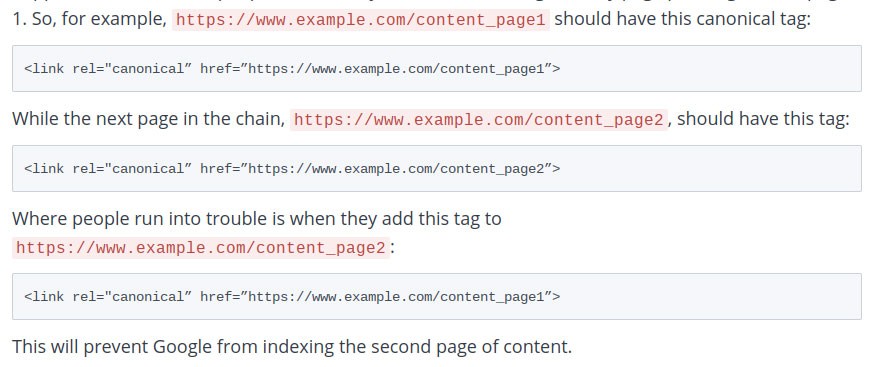
(Image credit: Woorank)
If you have to use a canonical tag, make sure that you view all the displayed pages’ content. However, note that the site might take a longer loading time.
Using Canonical Links Rather than of 301 Redirects
You may prefer using canonical links in place of 301 redirects since they are quite similar, but they differ significantly on metrics. Moreover, both elements direct search engines to handle multiple URLs as a single page, but the latter redirects all organic traffic to a specific site while the former doesn’t.
If your page has duplicate content, you can use a canonical link to gauge traffic in every site. Also, you can go for a 301 redirect to correct your bookmarks on a changed site structure.
Using rel canonical on Mobile Versions
It’s a common error for most people to self-reference a mobile URL version using a canonical tag. Instead, you should add the real canonical pointing to your desktop or mobile URL.
If you are not sure how to you can do it in HTML, here is a canonical tag example; link rel=’alternate’ media=’only screen and (max-width of 640px)’href=”‘http://m.example.com/page-1”
Applying Canonical Links in Featured Articles
Suppose you run a website that contains constantly featured products or articles, it’s not advisable to use canonical tags on these pages. Using the rel=canonical tag may result in your site missing out on search results.
Why you Should Utilize Canonical tags on SEO
Canonical URLs are vital in assisting you to deal with duplicate content problems, which could hamper your site’s SEO performance. Other crucial reasons why you should utilize this technique include;
To Avert Googlebot from Crawling Duplicate pages
When dealing with a large website that contains multiple pages, you want Google bots to crawl on the new pages instead of duplicate versions. Hence, you can make use of Canonical URLs to get the right pages on search results.
To Integrate link signals across Near-identical pages and Duplicate pages
If your site has near-identical or duplicate pages, there is a possibility of individual URLs earning links from outside sources. You, therefore, need to use canonical URLs to help you consolidate the links from various pages into one URL that you designate. As a result, it helps your website rank higher on SERPs since all signals are integrated from multiple URLs into a single page.
To Identify the URL that users should see in the Search Results
You can designate a canonical tag to indicate your page’s specific version and display when people search for your SERPs content. For example, in the links below, you will most likely click on the first one since it’s more specific.
https://www.domain.com/page-2/
https://www.domain.com/index.php?id=2
We hope that you found this article useful.
If you want to know more interesting about your site health, get personal recommendations and alerts, scan your website by Diib. It only takes 60 seconds.
To Manage Syndicated Content
It’s a common occurrence for content to get syndicated across different pages to put it in front of new viewers. Therefore, you can use canonical URLs to ensure that your original piece gets top positions on Google and prevent duplicate ones from ranking on SERPs.
How to Create a Canonical URL
When people learn the importance of re canonical, the next question is, how do I create a canonical URL? Well, you can set it up in various ways, depending on the level of adding codes to your site and its plugins. Still, despite having multiple techniques, ensure that you follow a unified style on your web page to avoid SEO problems when adding tags.
Adding a Canonical tag on WordPress
Using WordPress to set up your canonical tag is one of the simplest techniques. However, it depends on the plugin on your site. You can use the below procedure when utilizing either Yoast or Rankmath;
Using Yoast
Yoast is a popular plugin in WordPress, and it’s straightforward when adding canonical URLs. Therefore, head to the plugin’s SEO options and expand the ‘advanced; button on any post or page. You will get a field to specify the canonical tag in the post section. It’s a good option, especially if you are not tech-savvy or want to interfere with your page’s technical aspects. Here is what that page looks like:
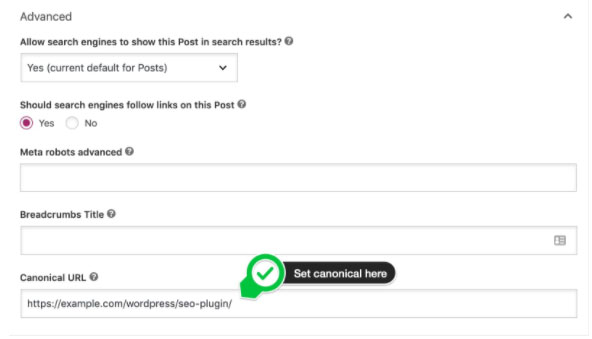
(Image credit: Yoast)
Using RankMath
Using RankMathn is also a quick and simple process. Go to the ‘advanced tab’ on any post or page of the plugin. You will get an option to specify the canonical URL for your page. Here is what that would look like:
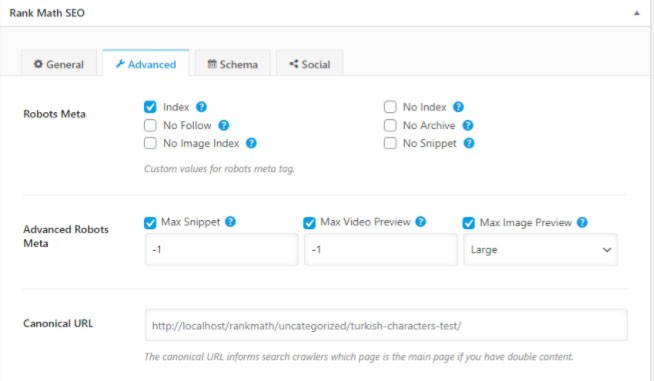
(Image credit: Rank Math)
Adding a Canonical on Wix
If your website runs on Wix, the site uses a self-referencing canonical tag by default. In case you want to change it, go to ‘menu & pages’ and tap on the ‘show more’ button. Next, get to the SEO advanced options and make an additional tag under the ‘custom meta tags’ heading. Ensure you input the full format of the canonical tag and not only the URL. Here is what that page would look like:
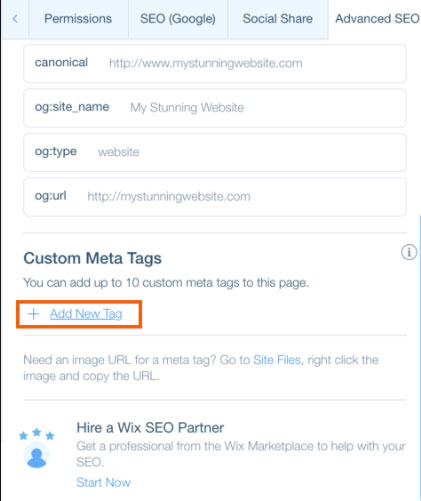
How to add Canonical tag in HTML
Adding canonical tags in HTML is a straightforward procedure. You can use the canonical tag generator, but you may have to utilize some programming skills to make sure they work in some cases.
In case you are wondering how to add a canonical tag syntax in HTML, it’s a simple method, equivalent to a description meta tag. Here is a canonical tag example of how it should appear;
link rel=’canonical’ href=”;https://cognitiveseo.com/blog/19204/canonical-urls-seo/””
Assuming that page X is the same version of Y, then the former should have the rel-tag with the HREF element containing the URL of the latter. As a result, search engines get the nod to rank page X.
Using Other Plugins
Another alternative for implementing canonical URLs is utilizing plugins. If you use a WordPress website, the Yoast plugin would be an ideal option since it adds a self-referencing URL by default.
How to Check Whether your rel canonical is effective
If you want to confirm whether your tag is effective, verify if it has been generated. Therefore, when using the Chrome browser, press F12, and tap on the first button in the console. Next, press Ctrl + F then search for canonical. If your URL is in the right format at the end, then the tag was generated correctly through the Tag Manager.
Diib®: Optimize and Track Your Canonical Tags!
SEO is a crucial aspect for your site; thus, you need to keep making improvements to maintain the best practices. Therefore, from the above guide, it’s clear that you need to take a keen interest in this field for better ranking on Search engines. Utilizing canonical tags makes Google emphasize your main product or page, thereby generating organic traffic. It can be difficult to track your canonical tags, however, Diib software integrates with your website preferences and settings to help you know exactly what is and isn’t working in your favor. Here are some of the features you’ll love:
- Bounce rate monitoring and repair
- Social media integration and performance
- Broken pages where you have backlinks (404 checker)
- Keyword (including snippets), backlink, and indexing monitoring and tracking tools
- User experience and mobile speed optimization
- Technical SEO monitoring
Click here for your free 60 second site scan or simply call 800-303-3510 to speak to one of our growth experts.
FAQ’s
Canonical tags really are the best way of directing search engines to which pages you want indexed. They help to avoid duplicate and similar content issues and when more than one URL exists for similar content.
This page-level meta tag is put into the HTML header of the webpage and tells search engines which URL is the original and which is the canonical version.
If you don’t add a canonical URL in an HTML response, then when you add a rel=canonical tag with JavaScript, Google will respect that when indexing. However, if you DO have a canonical tag specified in your HTML and exchange the preferred version with JavaScript, you may not get the pages indexed the way you would like.
The short answer is yes, canonical tags can affect SEO. First of all, they directly influence the way your page is displayed in SERPs. They also influence other ranking factors, such as: structure, user experience and PageRank flow.
First off, click on the check’s name to access a list of your pages that may have broken canonical links. On the right hand side, you’ll see the HTTP status code of the canonical link URL. Fixing the issue may take a bit more time.
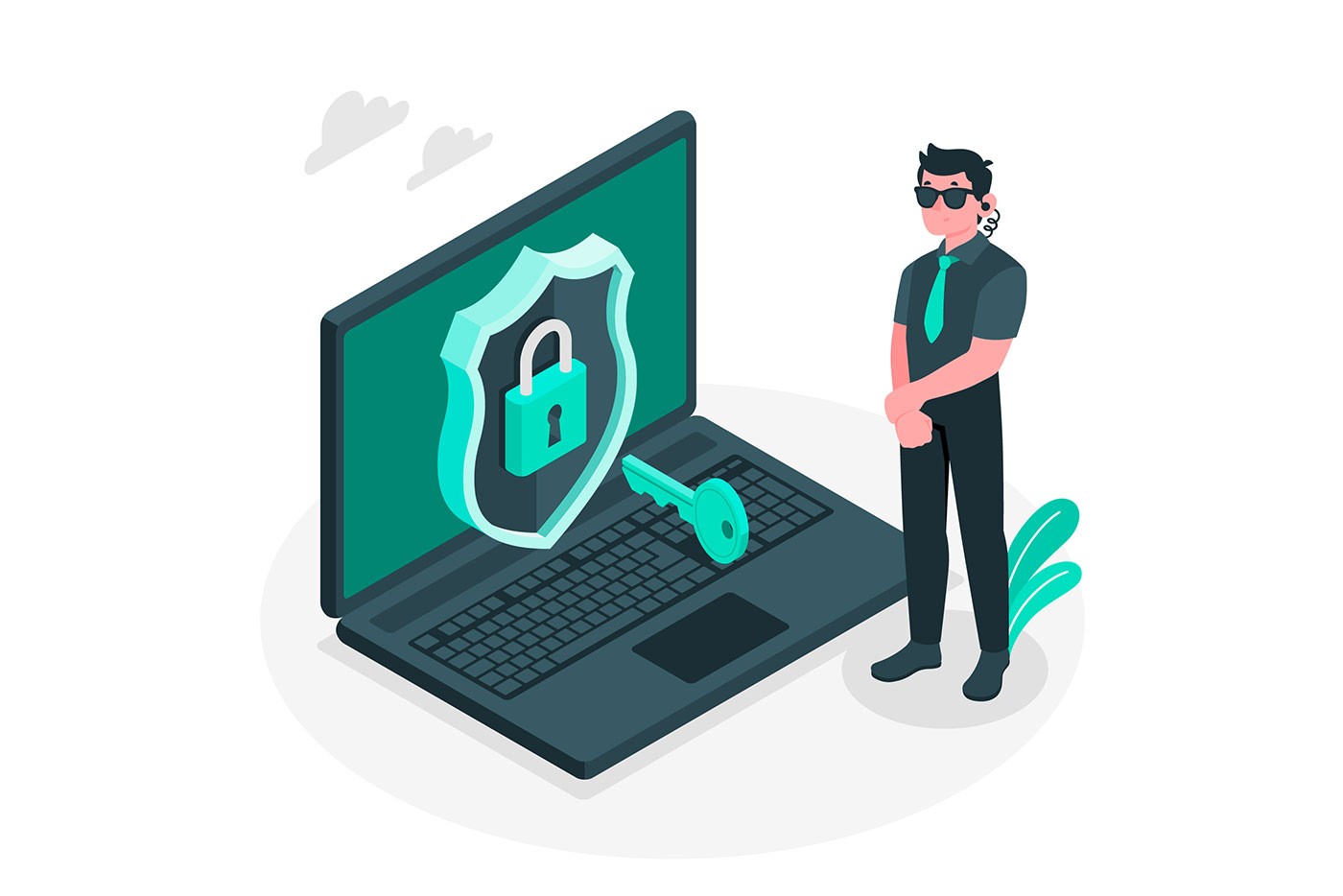




Neeraj Kumar says:
Hi,
Thank you for sharing this valuable information. I was looking for the same but my research completes with a great article here. Thanks again.
Regards,